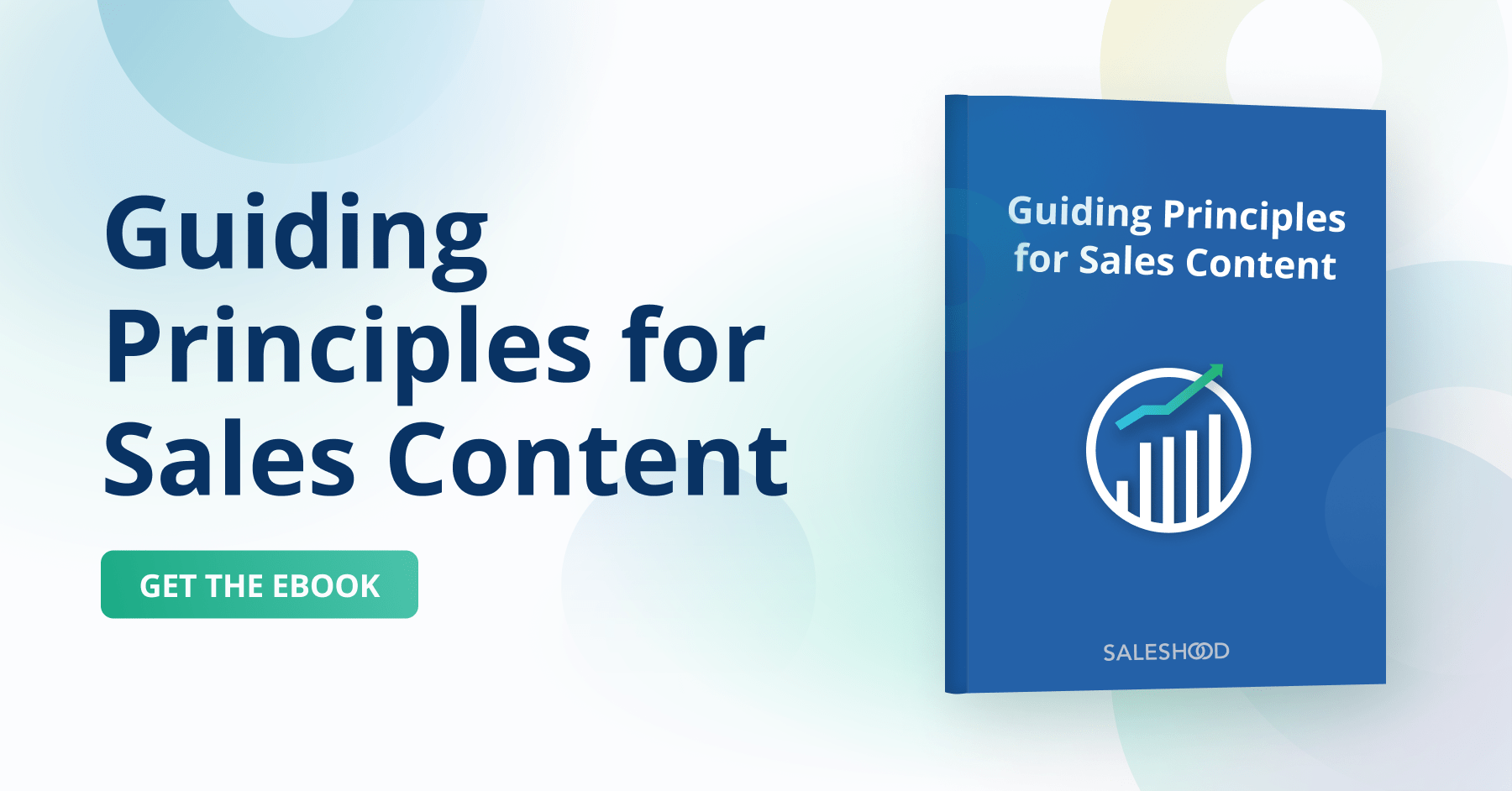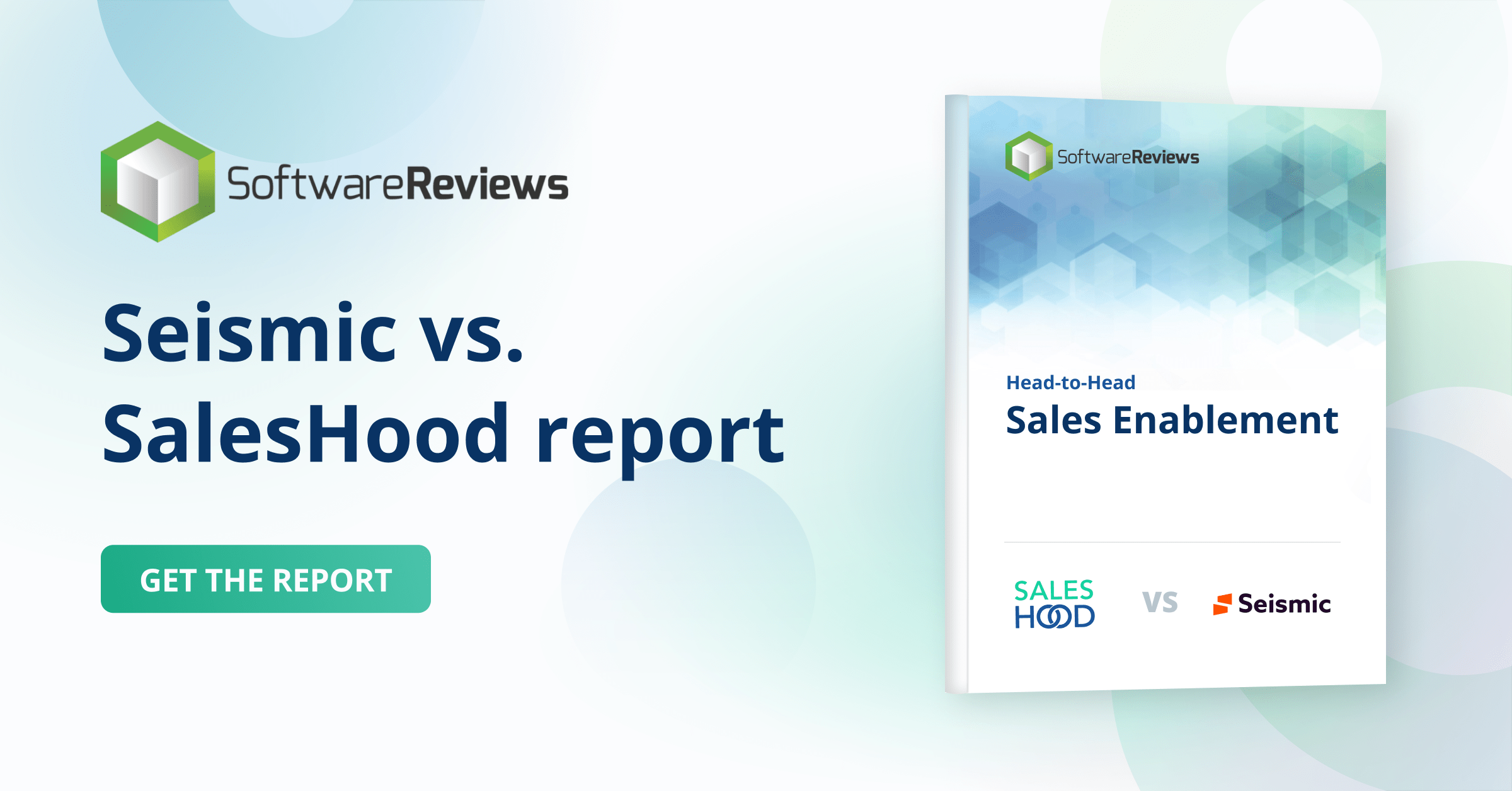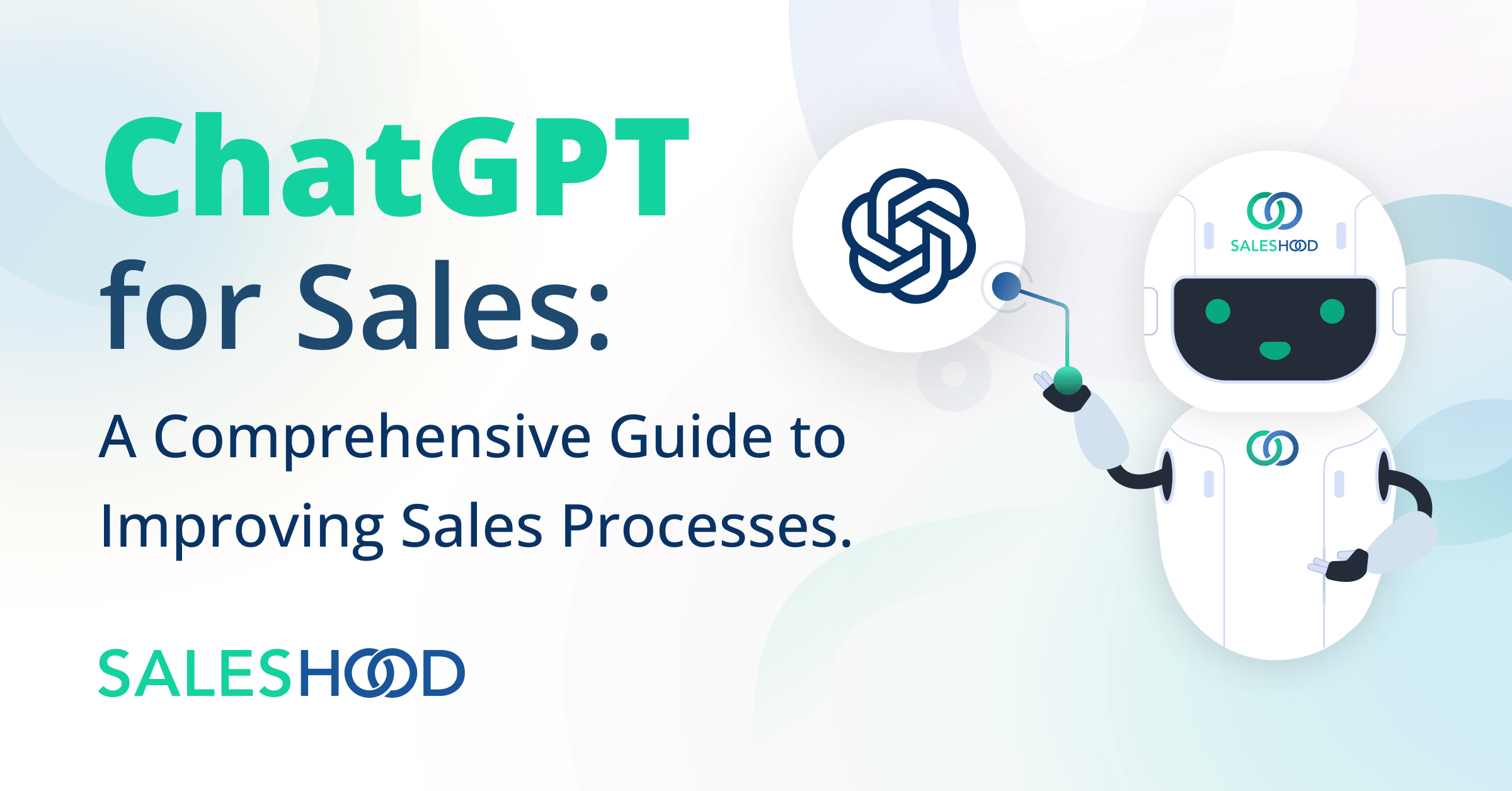Here are the guiding principles for sales content and communications to help you make sales content and sales communications attention grabbing, high impact, and action oriented. This advice applies to any kind of communication. There is a secret to getting your words heard, understood, and then re-shared. We want to be clear about expectations while finding the right balance of motivation and instruction. These insights may provide a good lesson for employees and leaders wondering why their messages are not being understood or why they might not be getting the promotions they want.
Answer: What’s in it for me? Good communication starts with establishing a sense of value. Answer the question “What’s in for me?” when creating content, which will help you discover the value of your content for your audience. For example, while it is important to set the tone in communications about expectations, explaining the “why” is a great way to motivate action.
Publish content in-context: It is important to distribute content and use context in context of a real business workflow. Share short introductory videos and informational documents on the first few days after a new hire begins a job. With a salesperson, share tools and short and relevant sales aids right before a customer meeting. For sales professionals, make content and tools readily available in their sales system like Salesforce.
Make your content come to life just-in-time: Content and communications should be just-in-time. We should distribute information to our teams when they need it most. If I’m meeting a customer, send me a case study or customer story video that helps me better understand how to talk with the customer. If I’m working an early stage deal, as a salesperson send me prospecting and pitch materials. We want to make sure our people are prepared and ready all the time.
Be personable: For content publishers, give your content a personality by broadcasting your face as you communicate. There is no reason to hide behind slides— your teams want to see your face. They want to know who the inventors and subject matter experts are. Looking someone in the eye will make content more impactful and viewed.
Use graphics and visuals: Using images and color and fonts to make messages pop is a great way to capture attention. We learn a lot from the social worlds of Snapchat, Instagram, and Pinterest. People click on faces and images they like. Make your content Library an easy to navigate and visual experience.
Share user-generated content: Content created by users (employees, partners and customers) creates authenticity and validation. User generated content will be consumed more and is proven to be more effective. Any content created by individuals that is proven to work is what we hope to accomplish from user-generated content. Prioritizing this kind of content is important because it reduces the time to create it and test it and share it. It’s proven, so once you have it, all you have to do is make it readily available.
Measure effectiveness: It is important to know how your content is doing. What content is being consumed? How many views and downloads does it have? What content is helping employees be more productive? You want the hard, quantitative metrics. it is good to know which tools are being used and how effective they are in helping salespeople close business. Track views, downloads, and pipeline influence by asset.
Evolve your content to be mobile-accessible: Content should be optimized for mobile use, just as websites are. You want employee tools and resources to follow your people everywhere they go and on every professional device they use to get their jobs done.
Creating compelling and relevant communications is not an easy task. I hope you enjoyed our guiding principles for sales content and communications. There is a reason why enablement lives in marketing and why sometimes product marketers make great enablement professionals. Communications is a big part of the success of our enablement strategies. If we don’t communicate clearly and with a voice that is motivational, we’ll lose our people from day one. Here is another blog on sales content and communications called: “What Should Be In Your Sales Content Library?” (Click here.)




